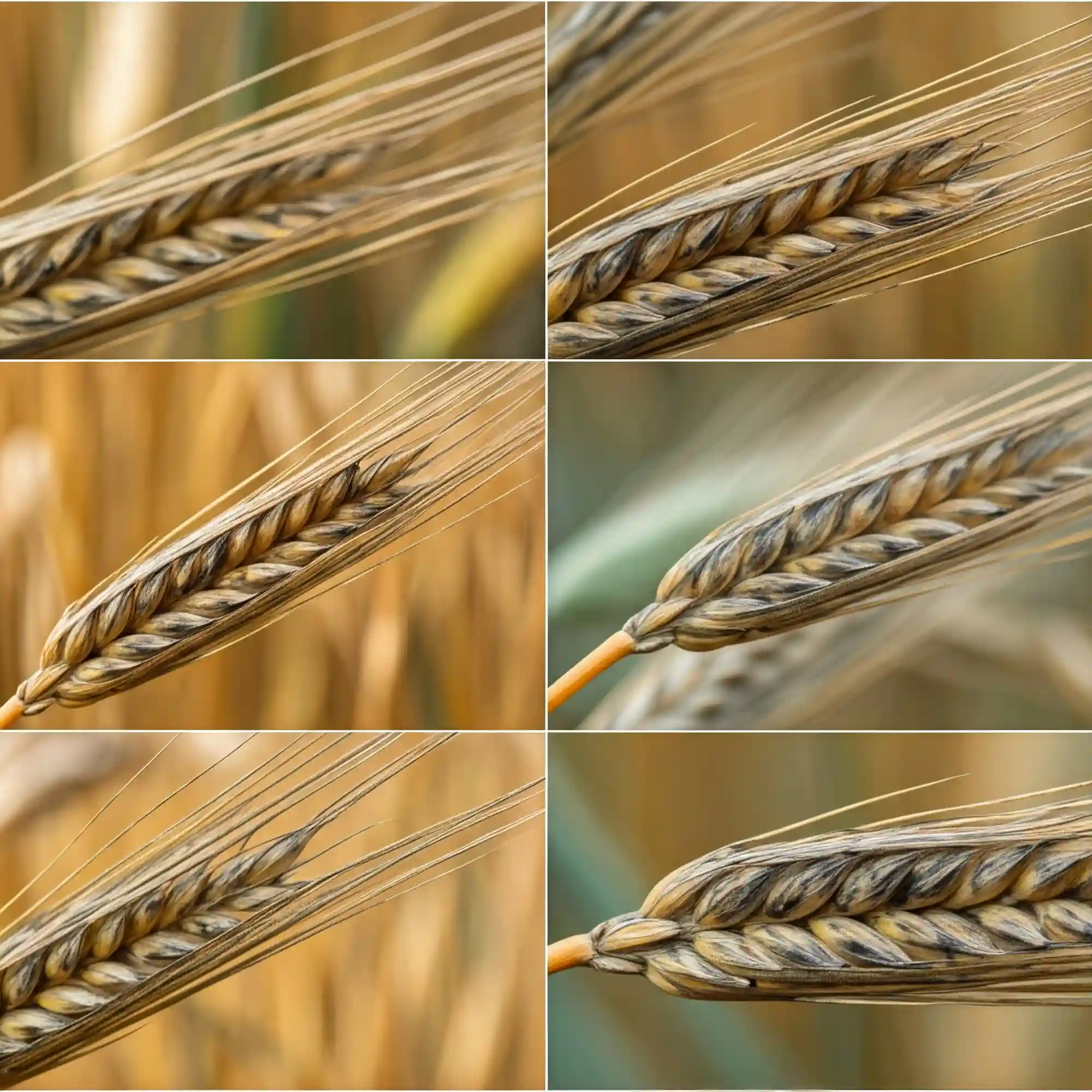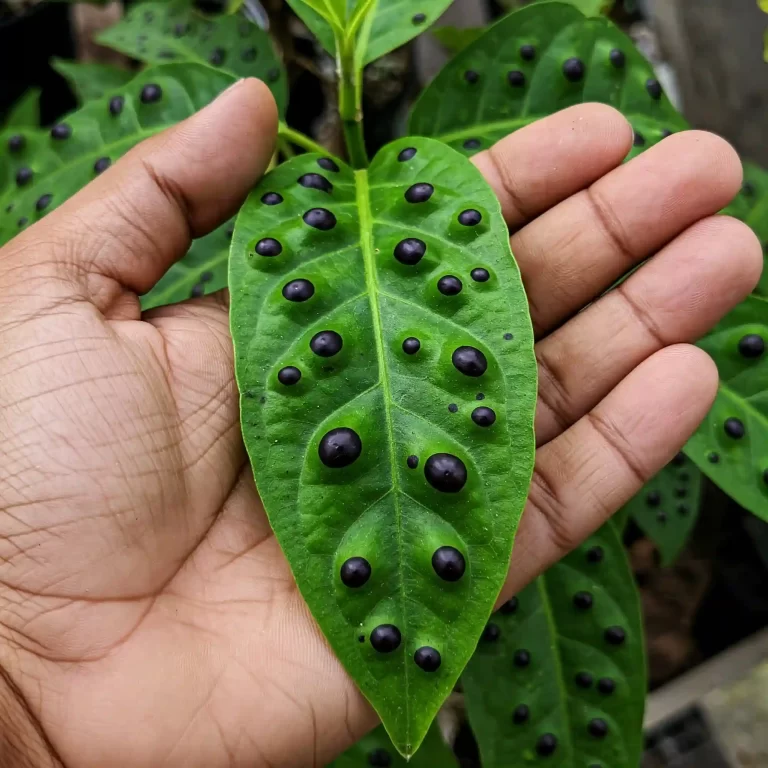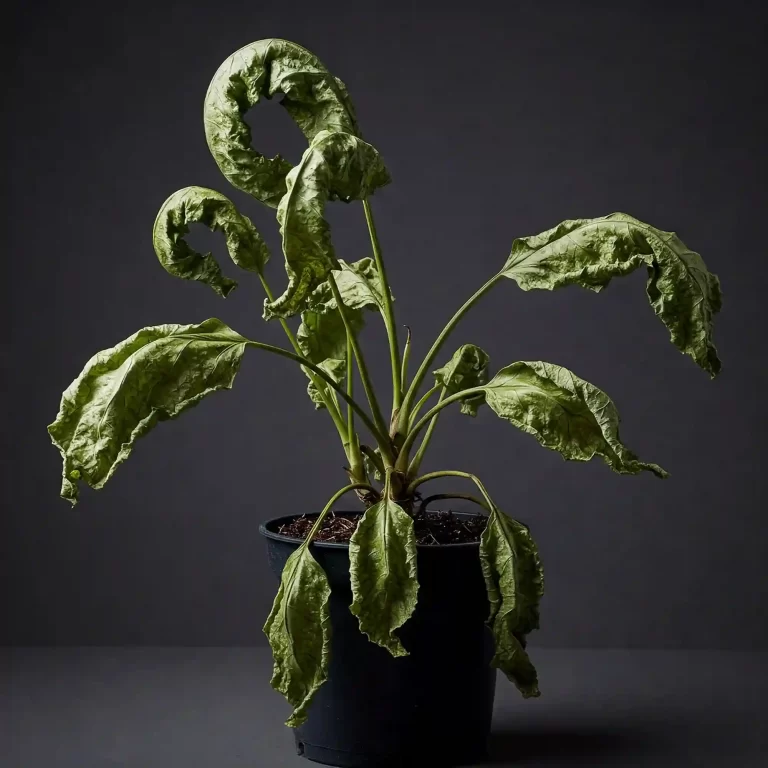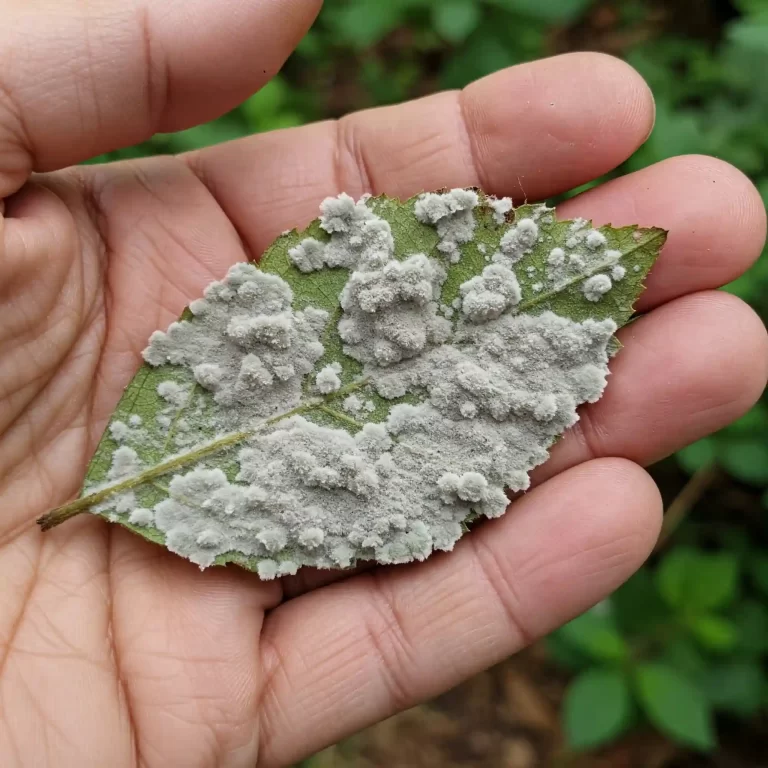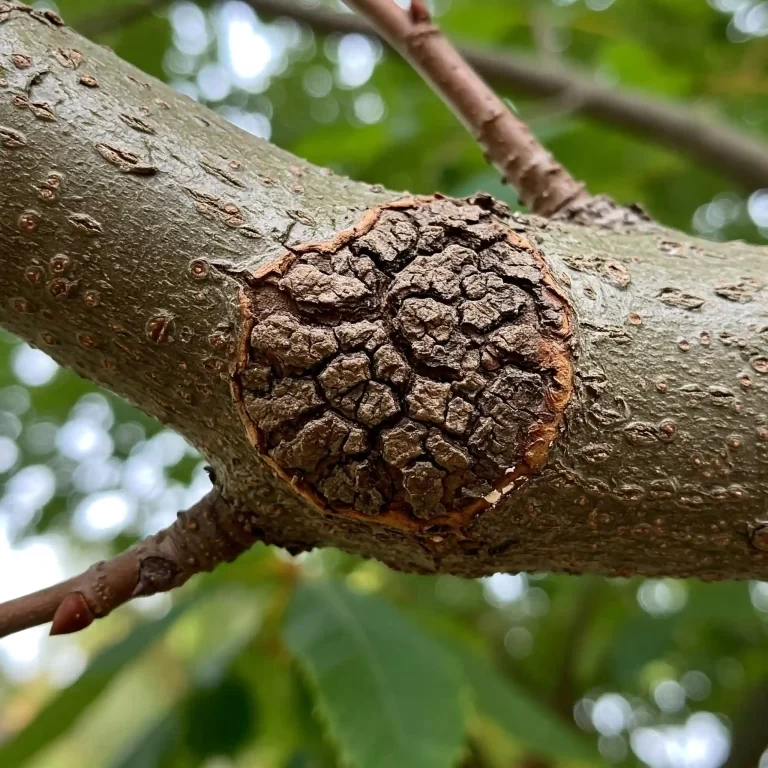Have you ever walked through your grain field, anticipating a bountiful harvest, only to be met with the disheartening sight of blackened, diseased heads? It’s a devastating experience, watching your hard work and investment wither away due to disease. This dreaded condition, often referred to as black chaff, can significantly impact your yield and the quality of your grain. I’ve seen firsthand the frustration and economic hardship this disease can cause, and I understand how important it is for you to protect your crops. This comprehensive guide is designed to equip you with the knowledge and tools you need to understand, prevent, and manage black chaff effectively, ensuring a healthy and productive harvest.
What is Black Chaff? A Deep Dive
Black chaff isn’t a single, monolithic disease; it’s a set of symptoms exhibited by cereal crops, primarily wheat, barley, and oats, resulting from infection by various pathogens. These pathogens can be either bacterial or fungal, each with its own characteristics and modes of attack. This distinction is crucial because the prevention, control, management, care, and protection strategies differ depending on the causative agent.
Differentiating the Culprits: Bacterial vs. Fungal Black Chaff
When I first encountered black chaff in my early years of farming, I was confused by the varying symptoms. Sometimes the blackening appeared as distinct streaks, while other times it was more of a diffuse discoloration. Through research and experience, I learned to differentiate between the two main types:
- Bacterial Black Chaff: This form is caused by bacteria, most notably Xanthomonas translucens pv. undulosa. The symptoms often manifest as dark streaks or blotches on the glumes (the protective outer layers of the grain head), extending down the awns (the bristle-like structures) and sometimes even onto the leaves and stems. Bacterial black chaff is often more pronounced in wet and humid conditions.
- Fungal Black Chaff: This type is primarily caused by fungi of the Alternaria genus, particularly Alternaria triticina. The symptoms are similar to bacterial black chaff, with dark discoloration on the glumes, but they may also include small black spots or lesions. Fungal black chaff is often associated with warm, humid weather and prolonged periods of leaf wetness.
Recognizing the Signs: Visual Symptoms of Black Chaff
Being able to visually identify black chaff is essential for early detection and timely intervention. Here are the key visual symptoms you should look for:
- Discoloration of Glumes: The most characteristic symptom is the appearance of black or dark brown streaks and blotches on the glumes. This discoloration can range from small, isolated spots to extensive blackening that covers the entire glume. This is the primary indicator I use when scouting my fields.
- Spread to Other Plant Parts: In severe cases, the discoloration can spread to other parts of the plant, including the awns, kernels (the individual grains), and even the stems and leaves. This indicates a more advanced stage of infection.
- Premature Ripening and Shriveled Grain: Infected plants may exhibit premature ripening, where the grain heads mature earlier than expected. The kernels may also be shriveled, smaller than normal, and have a lower test weight (a measure of grain density). This is a significant concern for yield and quality.
Distinguishing Black Chaff From Other Grain Diseases: A Comparative Look
It’s easy to confuse black chaff with other grain diseases, especially smut and ergot. Here’s a quick comparison to help you differentiate:
| Feature | Black Chaff | Smut | Ergot |
| Cause | Bacteria (Xanthomonas) or Fungi (Alternaria) | Fungi (Ustilago or Tilletia species) | Fungi (Claviceps purpurea) |
| Symptoms | Dark streaks/blotches on glumes, awns, kernels | Black, powdery masses replace grain kernels | Dark purple or black, elongated structures (sclerotia) replace grain |
| Affected Parts | Glumes, awns, kernels, stems | Grain kernels | Grain kernels |
| Management | Cultural practices, fungicides, resistant varieties | Seed treatment, resistant varieties, crop rotation | Crop rotation, deep plowing, cleaning seed, avoiding susceptible grasses |
This table helps illustrate the key differences between these common grain diseases. You can use this to accurately diagnose the problem in your fields and implement the appropriate management strategies.
I have found that early detection is key in managing black chaff. By regularly scouting your fields and understanding the specific symptoms, you can take timely action to minimize losses. Remember to consult with your local agricultural extension service for specific recommendations tailored to your region and crop. This knowledge will serve you well in protecting your hard work and ensuring a successful harvest.
The Impact of Black Chaff: Assessing the Damage
Black chaff, while seemingly a cosmetic issue with its dark discoloration, can have a significant impact on your grain yield and overall quality. As a farmer, I know that these are the metrics that truly matter at the end of the season. Let’s delve into the specific ways black chaff can affect your harvest:
Yield Reduction: A Direct Hit to Your Harvest
In my experience, one of the most significant consequences of black chaff is the reduction in grain yield. This occurs due to several factors:
- Reduced Kernel Size and Weight: Infected plants often produce smaller, shriveled kernels that weigh less than healthy ones. This directly translates to a lower overall yield per acre.
- Premature Ripening: Black chaff can cause plants to ripen prematurely, interrupting the grain-filling process and further reducing kernel size and weight.
- Reduced Number of Grains per Head: In severe infections, the number of grains that develop per head can also be reduced, further contributing to yield loss.
Grain Quality: Beyond Just Appearance
Black chaff doesn’t just affect the quantity of your harvest; it also impacts the quality of the grain itself. This can have downstream effects on its marketability and value:
- Lower Test Weight: Test weight, a measure of grain density, is often reduced in black chaff-infected grain. This can affect its grading and market price.
- Reduced Germination: If you’re saving seed for the next season, black chaff can reduce germination rates, leading to poor stands and further yield losses in the following crop.
- Mycotoxin Contamination: In some cases, fungal black chaff can lead to the production of mycotoxins, which are toxic compounds that can contaminate the grain. This can pose health risks to both humans and animals.
Economic Impact: The Bottom Line
The combined effects of yield reduction and decreased grain quality can have a significant economic impact on farmers. This includes:
- Reduced Income: Lower yields and lower market prices directly translate to reduced income for farmers.
- Increased Input Costs: Managing black chaff may require additional input costs, such as fungicide applications or seed treatments, further impacting profitability.
- Market Access: In severe cases, grain infected with black chaff may be rejected by buyers, further limiting market access and income potential.
Understanding the Numbers: Data and Statistics
While the exact impact of black chaff can vary depending on factors like the severity of infection, environmental conditions, and crop variety, studies have shown that yield losses can range from 10% to as high as 40% in severe cases. This highlights the importance of implementing effective management strategies to minimize these losses.
By understanding the potential impact of black chaff on your yield, quality, and bottom line, you can make informed decisions about its prevention, control, management, care, and protection. Remember, proactive management is key to minimizing losses and ensuring a profitable harvest.
Prevention, Control, and Management of Black Chaff
Having discussed the causes and impact of black chaff, let’s turn our attention to the crucial aspect of its prevention, control, and management. As a gardener and farmer, I’ve learned that a multi-faceted approach, combining various strategies, is the most effective way to combat this disease. Here’s a breakdown of the key methods you can employ:
Cultural Practices: Building a Strong Foundation
Cultural practices are the cornerstone of any effective disease management strategy. These practices focus on creating an environment that is less favorable for the pathogen and more conducive to healthy plant growth. Here are some key cultural practices to consider:
- Crop Rotation: Rotating your grain crops with non-host crops, such as legumes or oilseeds, can help break the disease cycle by reducing the build-up of pathogens in the soil. I’ve found that a 2-3 year rotation can be particularly effective.
- Tillage Practices: Proper tillage can help bury infected crop residue, reducing the amount of inoculum available to infect new crops. However, it’s important to consider the environmental impact of tillage and choose practices that minimize soil erosion.
- Seed Selection: Using certified disease-free seed is crucial for preventing the introduction of black chaff into your fields. Always purchase seed from reputable suppliers and inspect it carefully before planting.
- Planting Density and Timing: Adjusting planting density and timing can also help reduce disease incidence. Denser plantings can create a more humid microclimate, which favors pathogen development. Planting at the optimal time for your region can help ensure that plants are at a less susceptible growth stage during periods of high disease risk.
Chemical Control: A Targeted Approach
When cultural practices alone are not sufficient, chemical control with fungicides can be an effective tool for managing fungal black chaff. Here are some key considerations:
- Fungicide Application: Several fungicides are registered for use against Alternaria species in grain crops. It’s crucial to select a fungicide that is specifically labeled for black chaff control and to apply it according to the label instructions.
- Seed Treatments: Fungicide seed treatments can provide early-season protection against seedborne pathogens and reduce the risk of early infection.
Resistant Varieties: Nature’s Defense
One of the most effective long-term strategies for managing black chaff is to plant resistant or tolerant varieties of grain crops. These varieties have been bred to have a natural resistance to the pathogens that cause black chaff. Consult your local seed suppliers or agricultural extension service for information on available resistant varieties in your region.
Integrated Pest Management (IPM): A Holistic Strategy
Integrated Pest Management (IPM) is a comprehensive approach to pest and disease management that combines various strategies, including cultural practices, biological control, and chemical control, to minimize environmental impact and maximize effectiveness. Here are some key principles of IPM as they relate to black chaff:
- Monitoring and Scouting: Regularly monitor your fields for signs of black chaff. Early detection is crucial for timely intervention.
- Threshold-Based Action: Only apply chemical controls when necessary, based on established thresholds for disease incidence.
- Record Keeping: Keep detailed records of your management practices and their effectiveness. This will help you refine your strategies over time.
By implementing these prevention, control, and management strategies, you can significantly reduce the impact of black chaff on your grain crops and ensure a healthy and productive harvest. Remember to adapt these strategies to your specific region, crop, and environmental conditions.
Black Chaff in Different Crops: Specific Considerations
While the general principles of black chaff management apply to most cereal crops, there are some specific considerations for different crops. As an experienced gardener, I’ve noticed subtle differences in how black chaff manifests and how best to manage it in wheat, barley, and oats.
Black Chaff in Wheat: A Common Concern
Wheat is perhaps the most commonly affected crop by black chaff. Here are some key points to remember:
- Symptoms: In wheat, black chaff typically appears as dark brown or black streaks on the glumes, often extending from the base to the tip. The awns and kernels can also be affected in severe cases.
- Varietal Susceptibility: There is significant variation in susceptibility to black chaff among wheat varieties. Choosing resistant varieties is a crucial step in managing the disease.
- Management: In addition to the general management strategies outlined earlier, paying close attention to planting density and timing can be particularly important in wheat.
Black Chaff in Barley: A Growing Issue
Barley is also susceptible to black chaff, and the disease can be particularly problematic in certain regions. Here are some specific considerations for barley:
- Symptoms: Black chaff symptoms in barley are similar to those in wheat, with dark discoloration on the glumes and awns. However, the symptoms can sometimes be more diffuse, making diagnosis more challenging.
- Impact on Malting Quality: Black chaff can negatively impact the malting quality of barley, which is a crucial factor for its use in brewing.
- Management: Cultural practices, such as crop rotation and tillage, can be particularly effective in managing black chaff in barley.
Black Chaff in Oats: Less Severe but Still Important
Oats are generally less susceptible to black chaff compared to wheat and barley. However, the disease can still occur under favorable conditions. Here are some key points for oat growers:
- Symptoms: Black chaff symptoms in oats are typically less severe than in wheat and barley. The discoloration may be limited to small spots or streaks on the glumes.
- Management: Cultural practices are often sufficient for managing black chaff in oats. However, fungicide applications may be necessary in severe cases.
By understanding these crop-specific considerations, you can fine-tune your management strategies and effectively protect your valuable grain crops from black chaff. Remember to consult with your local agricultural extension service for specific recommendations tailored to your region and crop.
FAQ: Addressing Your Black Chaff Concerns
As a seasoned gardener, I understand you have specific questions about tackling black chaff:
What are the early signs of black chaff in wheat?
Early signs of black chaff in wheat often appear shortly after flowering. You’ll notice subtle dark spots or streaks on the glumes, the protective outer layers of the developing grain head. These marks might be small at first, but they’ll gradually expand as the infection progresses. Catching these early signs is crucial for timely intervention.
How to identify black chaff disease on barley heads?
Identifying black chaff on barley requires careful observation. Look for dark brown or black discoloration on the barley heads, particularly on the awns (the bristle-like structures) and the glumes. The discoloration might appear as blotches or streaks. In some cases, the entire head might take on a darkened appearance.
What environmental conditions promote the development of black chaff?
Black chaff thrives in specific environmental conditions. Warm, humid weather with frequent rainfall creates the perfect breeding ground for the pathogens responsible for this disease. Prolonged periods of leaf wetness, whether from dew or rain, further exacerbate the problem.
What are the most effective fungicides for controlling black chaff?
Several fungicides can effectively control fungal black chaff. Products containing active ingredients like azoxystrobin, propiconazole, and tebuconazole have shown promise in managing this disease. However, it’s crucial to consult with your local agricultural extension service for specific recommendations tailored to your region and crop.
Are there resistant wheat varieties to black chaff disease?
Yes, several wheat varieties exhibit resistance to black chaff. Planting resistant varieties is one of the most effective long-term strategies for managing this disease. Your local seed suppliers or agricultural extension service can provide information on available resistant varieties suitable for your area.
How much yield loss can black chaff cause in wheat crops?
The yield loss due to black chaff can vary depending on several factors, including the severity of the infection, the susceptibility of the wheat variety, and the environmental conditions. In severe cases, black chaff can cause yield losses ranging from 10% to as high as 40%.
Additional Tips for Managing Black Chaff
Besides the answers to these specific questions, here are some additional tips to keep in mind:
- Practice good sanitation: Remove and destroy infected crop residue after harvest to reduce the pathogen’s overwintering.
- Ensure proper drainage: Avoid waterlogging in your fields, as this can create favorable conditions for disease development.
- Monitor weather conditions: Stay informed about weather forecasts and be prepared to take action if conditions favor black chaff development.
By understanding the answers to these frequently asked questions and implementing the recommended management strategies, you can effectively protect your grain crops from the devastating effects of black chaff.
Conclusion: Securing Your Grain Harvest Against Black Chaff
Black chaff, with its potential to wreak havoc on grain crops, demands a proactive and informed approach. As we’ve explored, understanding the disease, its causes, and its impact is the first step toward effective management. You’ve learned about the distinct symptoms of black chaff, how it differs from other grain ailments, and the environmental factors that contribute to its development.
But knowledge without action is like a garden without tending. That’s why we delved into the practical aspects of prevention, control, and management. From cultural practices like crop rotation and seed selection to the targeted use of fungicides and the strategic advantage of resistant varieties, you now have a comprehensive toolkit to combat black chaff.
Remember, a holistic approach is key. By integrating various strategies and adapting them to your specific circumstances, you can minimize the risk of black chaff and safeguard your precious grain harvest.
Here’s a quick recap of the key takeaways:
- Early detection is crucial. Regularly scout your fields for early signs of black chaff.
- Cultural practices are the foundation. Implement crop rotation, proper tillage, and use certified disease-free seed.
- Resistant varieties offer long-term protection. Choose varieties that are known to be resistant to black chaff.
- Fungicides can be effective when used strategically. Consult with your local experts for specific recommendations.
- Integrated Pest Management (IPM) provides a holistic approach. Combine various strategies for sustainable disease management.
By putting this knowledge into practice, you can confidently face the challenges of black chaff and ensure a bountiful harvest.
